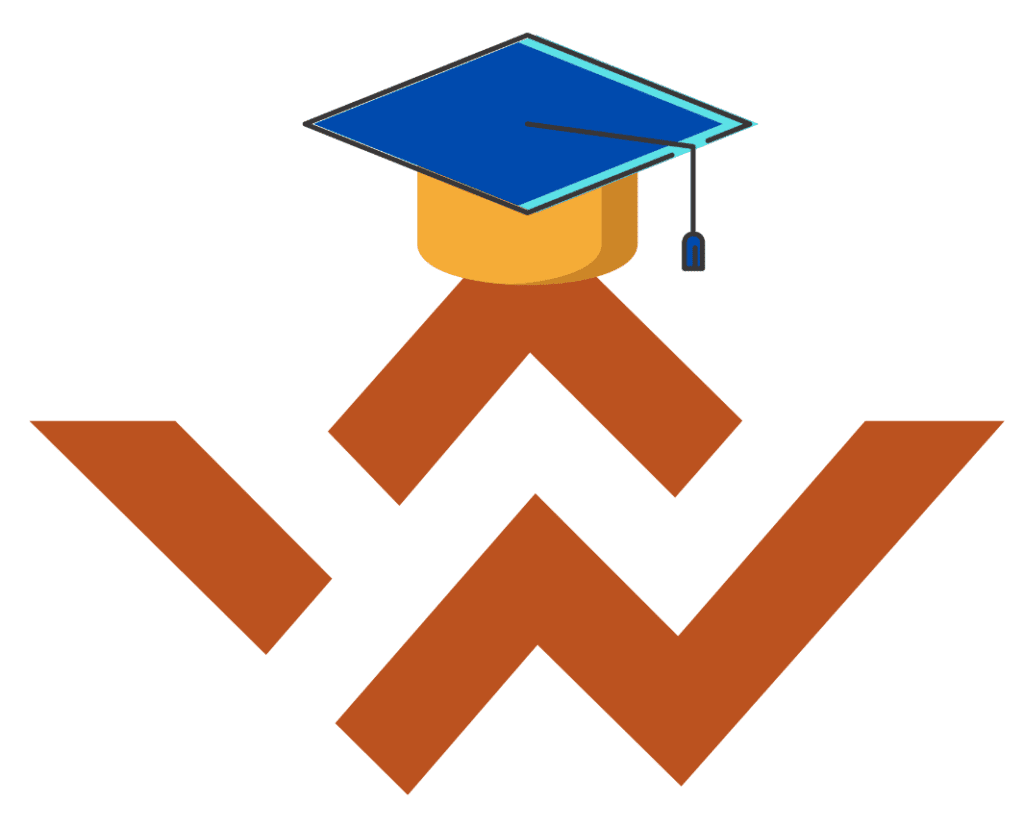Montessori Lessons & Activities
Filters
What are Montessori Activities?
Montessori activities are like giving our little ones the keys to a world of learning through play. It’s all about letting their imaginations run wild and fostering a love for discovering new things.
Imagine your child getting excited about learning because it feels like playtime! Whether it’s sorting colorful objects, counting beads, or exploring nature, Montessori activities are designed to make education fun and engaging.
In the Montessori method, we encourage kids to choose activities that capture their interest. It’s like giving them the freedom to embark on their own learning adventure. Have you ever seen your child’s eyes light up when they pour their own juice or engage in practical life skills? That’s the magic of Montessori activities—they’re not just tasks; they’re building blocks for a future filled with curiosity and independence.
Why You Should Choose Montessori Activities?
As any lesson in any type of education, Montessori lessons are also strategically designed. Dr. Maria Montessori created Montessori materials based on different learning needs of the children. They nurtures a child’s natural curiosity, independence, and love for learning. Here’s an overview of Montessori lessons and their key characteristics:
- Hands-On Learning: Montessori lessons emphasize hands-on learning through specially designed materials. These materials are self-correcting, allowing children to discover and learn independently. Each lesson typically has a clear and structured sequence, enabling children to progress at their own pace.
- Individualized Instruction: One of the hallmarks of Montessori education is its recognition of each child’s unique learning style and pace. Montessori lessons are tailored to the individual needs and interests of the child and help them learn one skill at a time. Teachers observe and guide students, providing support and additional lessons as required.
- Practical Life Skills: Practical life lessons are generally not a part of conventional education. It is a foundational component of the Montessori curriculum. A few practical life activities/lessons are pouring, spooning, buttoning, washing and more. These activities help children develop fine motor skills, concentration, and a sense of responsibility for themselves and their environment.
- Sensorial Materials: The sensorial materials in Montessori lessons engage the child’s senses, including touch, sight, sound, and smell. These materials help children refine their sensory perceptions and develop their cognitive abilities. Sensorial activities include touch fabrics, sound bells, baric tablets and more.
- Math and Language: Montessori lessons also cover academic subjects like math and language. In math, materials like the golden beads and number rods introduce abstract concepts in a concrete way. Language lessons focus on phonics, reading, writing, and grammar, with materials like sandpaper letters and moveable alphabets.
- Cultural Studies: Montessori lessons extend beyond traditional subjects to encompass cultural studies. Children explore topics such as geography, history, botany, zoology, and more. The “cosmic curriculum” exposes children to the interconnectedness of all knowledge.The beauty of Montessori education, its materials and lessons are they often connect classroom activities to real-world applications, fostering a deeper understanding of concepts and their relevance in daily life. They have a profound impact on a child’s development and future academic success.
FAQs on Montessori Activities
- What are the lessons of the Montessori curriculum?
The Montessori curriculum comprises hands-on lessons tailored to individual childrens’ needs, focusing on practical life skills, sensorial experiences, mathematics, language, cultural studies, and real-world applications. These lessons prioritize hands-on learning, individualized instruction, and the development of independence, curiosity, and responsibility in a child-centered environment.
- What is an example of a Montessori activity?
An example of a Montessori lesson is the “Golden Beads” lesson in mathematics. Children use specially designed beads to visually and concretely understand place value and perform mathematical operations like addition, subtraction, multiplication, and division. This hands-on approach enables them to grasp abstract mathematical concepts with ease.
- How Montessori lessons help in educating a child?
Montessori lessons aid in educating a child by fostering independence, curiosity, and a love for learning. They provide hands-on, individualized instruction that aligns with a child’s developmental stage, promoting mastery of essential skills. The child-centered approach empowers students to explore, discover, and develop a strong foundation for lifelong learning.
